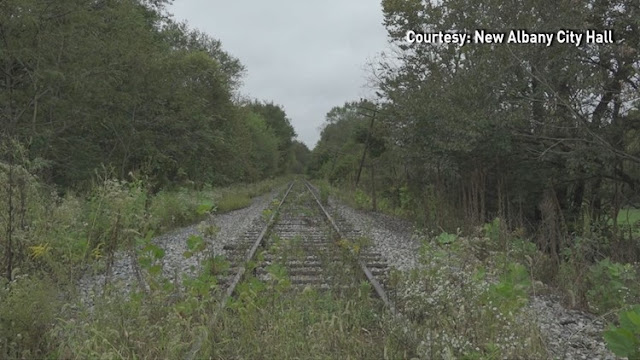Drachen Fire at Busch Gardens Williamsburg

Drachen Fire was a late model Arrow Dynamics looping coaster, built at Busch Gardens Williamsburg for the 1992 season. Building on the success of Arrow's numerous Mega-Looper roller coasters, the ride was supposed to be an incredible addition to an amusement part that had great success with Arrow coasters beforehand, such as 1978's Loch Ness Monster , featuring the only interlocking vertical loops remaining in the world, and Big Bad Wolf , a now-defunct, but fondly remembered, suspended coaster , running from 1984-2009. Aerial of Drachen Fire . Image: Corey Green via Theme Park Tourist At 150’ tall, with a diving inversion for a first drop, as well as other unique inversions, and an airtime hill immediately after the first drop, Drachen Fire was an ambitious project, and was meant to be the signature ride in the park. The ride was stylistically different from previous Arrow projects in a few ways. For one, it did not feature a vertical loop, and it the first time the comp...




